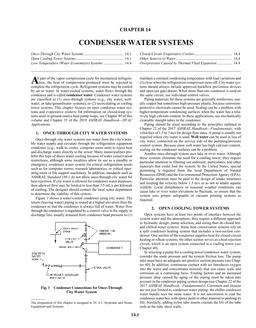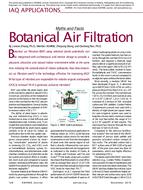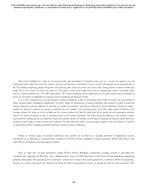Large, tall, multi-zone spaces often utilize mid-level mixing systems to condition the occupied zones. Efficiency of such mid-level mixing systems in maintaining desired temperature and humidity within the occupied zones has implications not only on occupant thermal comfort and indoor air quality; but on fan energy consumption. Optimization of airflow rate requirements for such systems thus becomes essential and is typically performed using Computational Fluid Dynamics (CFD). Traditional CFD modeling techniques for airflow rate optimization involve simulating several design iterations, analyzing results from individual analysis and eventually making an analytically driven design decision. It is to be noted though that it is often impossible to fully identify the effects that changes to airflow rates in one zone have on temperatures both within the zone it is directly serving as well as other zones within the space using such traditional solution methods. This paper summarizes the optimization of airflow rates to maintain a desired set-point temperature throughout the occupied zone of a large multi-zone space; by means of implementation of a Proportional-Integral (PI) control loop within the ANSYS Fluent commercial CFD code. The paper describes a steady state case study simulating a space consisting of multiple zones each served by separate variable air volume (VAV) boxes and terminal devices. Internal heat gains are applied as volumetric heat sources to multiple zones. Solar heat gain is computed using the Solar Load Model within ANSYS Fluent incorporating a 3D ray tracing methodology. Conduction though the envelope is calculated within the CFD model. These heat sources result in non-uniform heat gain in multiple zones. PI controls were then applied for each of the zones independently within a single CFD study. The supply airflow rates in each zone is set as a control variable, while the temperature within the zone it serves is applied as a measured process value, which is compared against the set-point temperature – the desired process value – and is used in turn by the PI feedback loop to control the airflow rate. This paper presents the temperature distributions and airflow rates of the resulting optimized design and its improvements over the baseline design for this particular case study.
Citation: 2018 Winter Conference, Chicago, IL, Conference Papers
Product Details
- Published:
- 2018
- Number of Pages:
- 8
- Units of Measure:
- Dual
- File Size:
- 1 file , 1.1 MB
- Product Code(s):
- D-CH-18-C027


